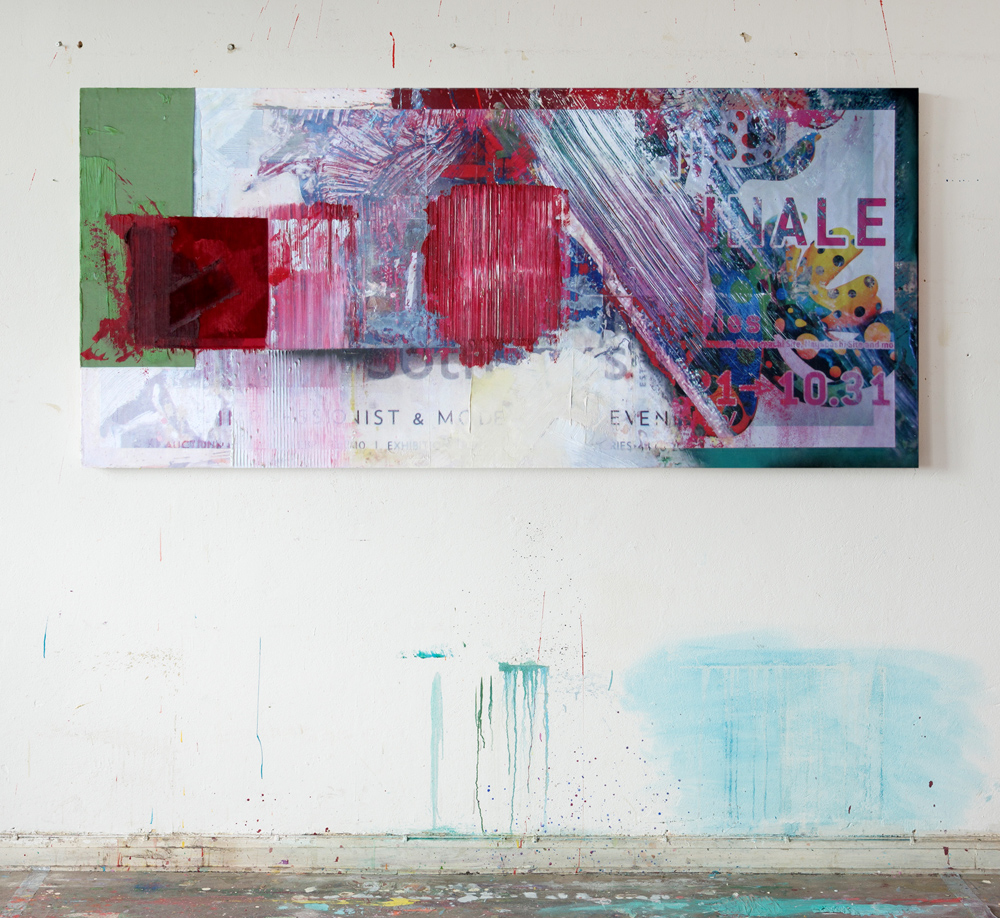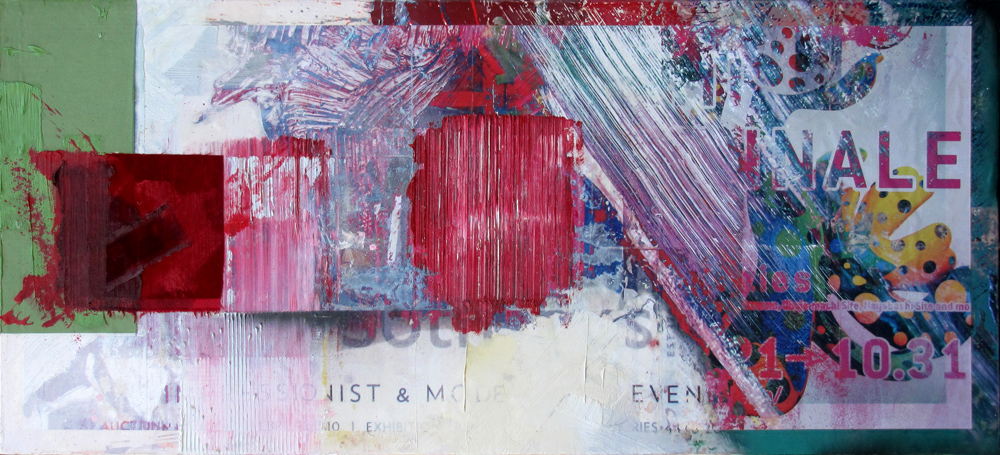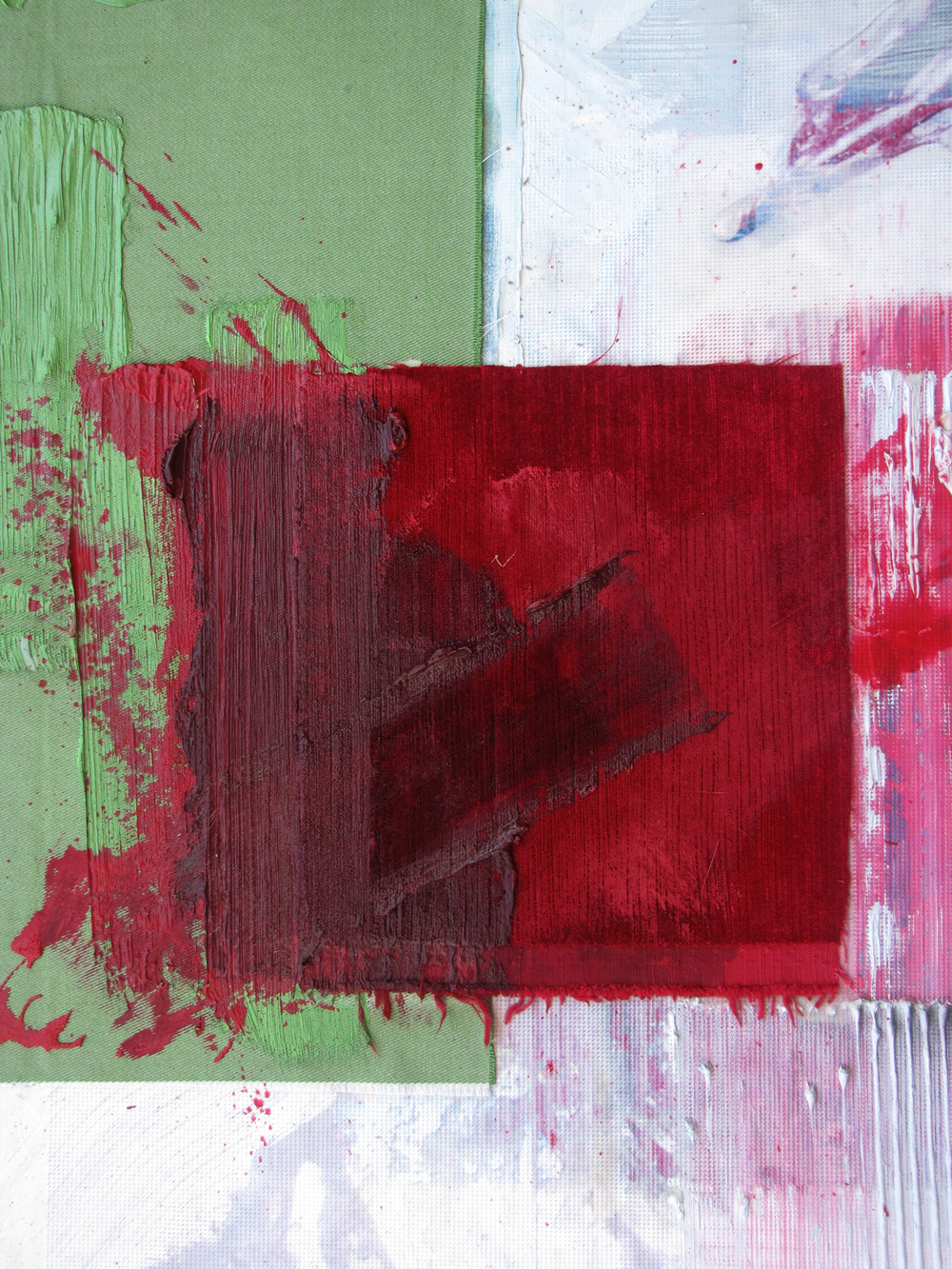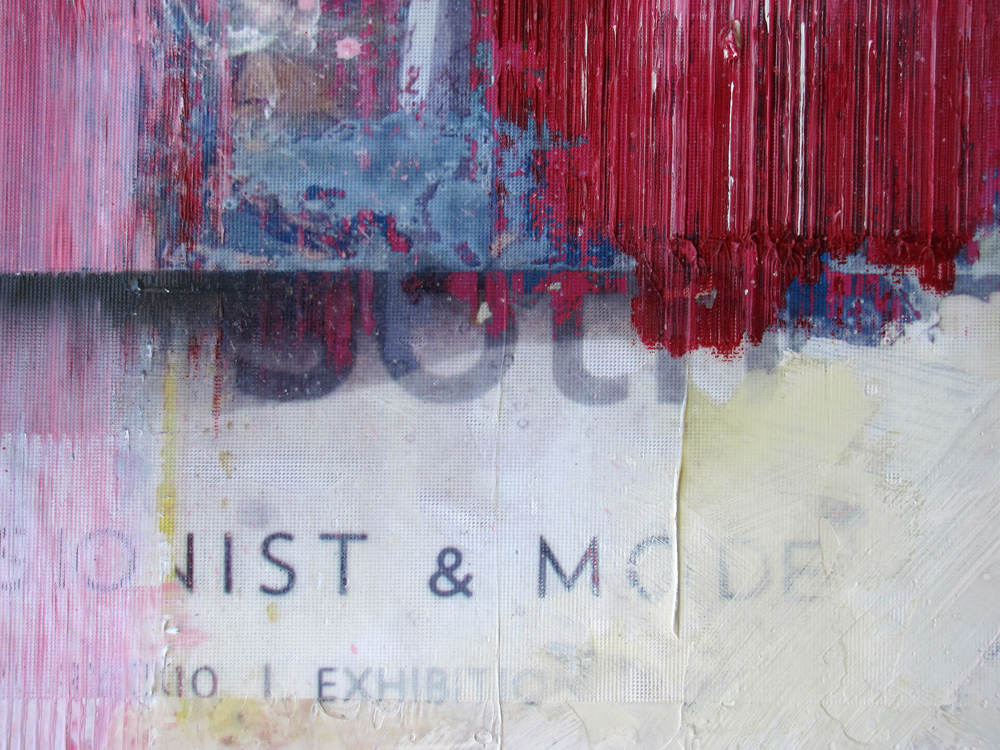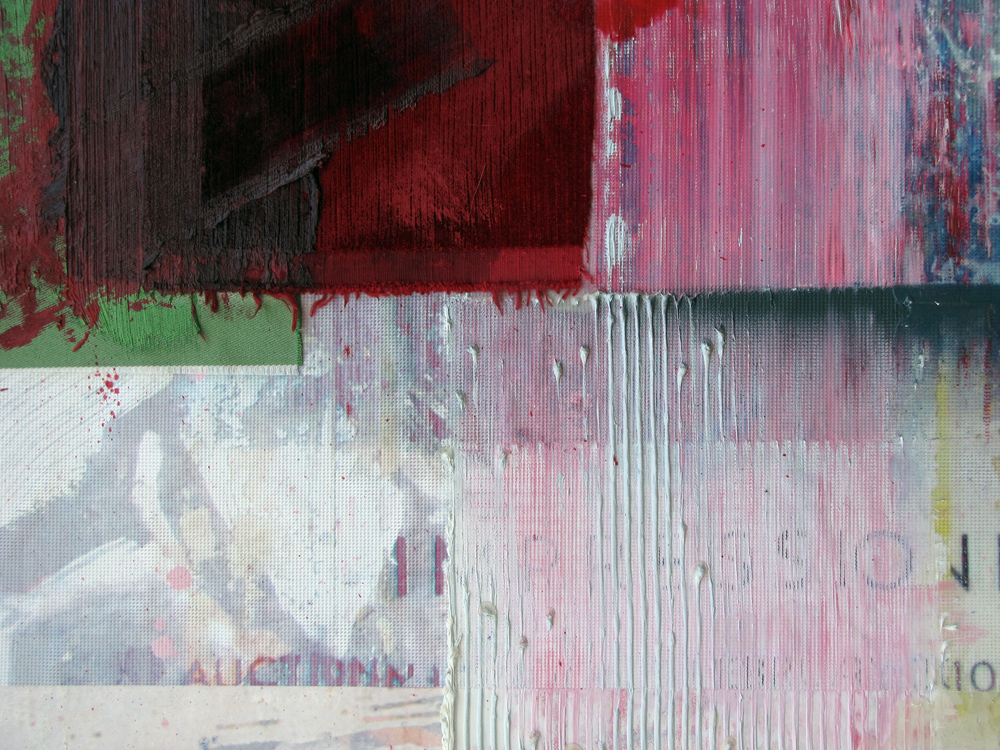The End of Art Historian of conspiracy theories, Émile Poulat, has tried to define the specific type of reasoning that underpins conspiracy theories: “The imaginary might ‘unreason´, but it reasons always abundantly, with an untiring concern for proofs, quotations and arguments.”5 As an artworlder, it is hard not to identify with the imaginary of the conspiracy theorist. When we the art people ‘get’ an artwork it is normally because we go at it with a good mix of reason and ‘unreason’. To get the drift, we are not necessarily running wild. It is not about pure logic. Nor is it simply touchy-feely. The art crowd rather occupies this middle-ground of bourgeois slackers. Similarly, as Kant suggested, what people on the receiving end of an artwork should get into is the so-called “free play” of their abilities to imagine and understand what they are confronted with. An art experience is governed by certain rules, but it is not guided by them. Kant calls this the “lawfulness without a law” of the art experience. And maybe this is what makes conspiratorial modes of thinking so appealing to artists, from Mark Lombardi to The Jogging. However, in art discourse today, which still works along Kantian lines, this free play is directed towards and determined by a unique cause. While more and more artists explicitly enjoy making artworks that cannot be nailed down by a political program, art writers take even more pride in doing the impossible, namely pinning it down. In order to do so, however, art discourse has to transform the free play into a game which is guided by one rule, but governed by none. In an otherwise very stimulating essay on the conspiracy images that The Jogging has been churning out for some months now, the New Inquiry editor Rob Horning lets the reader in on his initial dismissal of these whack posts: “It didn’t feel deadpan enough; the irony wasn’t unstable enough.” However, suddenly Horning gets turned on. He is seized by a new reading of what The Jogging is up to: ”But a chapter on conspiracy theory in media scholar Mark Andrejevic’s recent book Infoglut changed my hermeneutic for these images. My epiphany, for what it’s worth, came when I read this: “conspiracy theory, despite its infinite productivity, remains a failure of the imagination that corresponds to an inability to think, in the current instance, outside the horizons of capitalism.” Suddenly a clear-cut interpretation of these images offers itself interlinking the Hebrew alphabet, Red Bull, coconut water, 666 and Hitler: “The images try to simultaneously capture the impossible demands of infinite productivity, for which conspiracy theorizing is an analogue, along with a critique of the consequences of such demands — namely a kind of elitist apathy, a knowing cynicism that expedites capitalism’s flow of goods (artistic or otherwise).” 6
The aim of this essay is not to rehabilitate critique and the so-called “criticality” of art discourse. Rather it proposes that art discourse find the courage to cool down on critique for a bit, for instance, in order to face and embrace its own identity crisis. This might sound like a demanding mental u-turn. However, the the nature of certain activities in the art world might not change that much since the words ‘crisis’ and ‘critique’ are derived from the same Greek verb ‘krino’ which translates into ‘to separate’, ‘to discern’ and ‘to choose’7. We would still be engaged in discerning investigations, but we would no longer predetermine what art might be dealing with. In the end, art might survive the death of its scapegoat, i.e. capitalism, and live on with other complexities in sight, where the order of the world is not given in advance.
Comparing the workings of art discourse to those of conspiracy theories is not exactly new. Writers of conspiracy theories have pointed out how the practice of revelation and uncovering is ubiquitous in the humanities. French thinker Bruno Latour sees conspiracy theories as a perverse democratization of a critical tradition, which has run out of steam. He suggests “turning the sword of criticism on criticism itself.”8 Other Frenchmen such as Luc Boltanski and Eve Chiapello have undertaken the task of demonstrating how artistic critique has long been the very motor of capitalism.9 The philosopher Jacques Rancière asks for a “critique of critique”, especially in “the domain where that tradition is still most persistent—art, in particular those major international exhibitions where the presentation of artworks is willingly inscribed in the framework of a general reflection on the state of the world.”10
The hypothesis that art discourse is largely underpinned by capitalist critique and that in effect capitalism pervades everything including art can of course be turned on itself. One might accuse me of being part of a conspiracy that seeks to denounce something as a conspiracy theory. And so could be accused thinkers like Jacques Rancière and Bruno Latour, whose critiques of critique have been dismissed by art historian Hal Foster as “the new opiate Left”. Foster believes that the real problem is actually a lack of critique. In the article “Post-critical” for the Brookly Rail in 2012 Foster writes: “dependent on corporate sponsors, most curators no longer promote the critical debate once deemed essential to the public reception of advanced art.”11 If this is really so, ”corporate sponsors” might not be entirely to blame. Nor the lack of sponsorship itself. If there is no longer any critical debate, it might be because nobody wants to get busted for being a dope dealer.
The critique of critique & theories about conspiracy theories
by Toke Lykkeberg
